Here is a summary of what to keep in mind when driving on snowy roads in Japan.
<Points where dangerous accidents can occur>
①Road with fresh snow
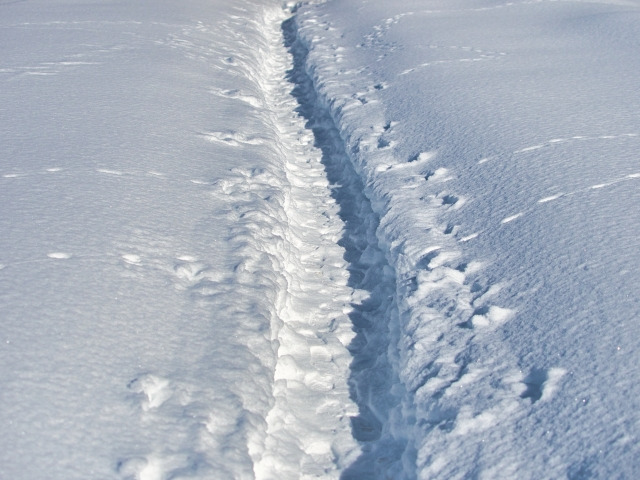
On roads with fresh snow, the boundaries between the road and sidewalks or gutters are difficult to distinguish.
②Roads covered with slush

Roads covered with slush are dangerous because they are prone to hydroplaning phenomena.
③Whiteout
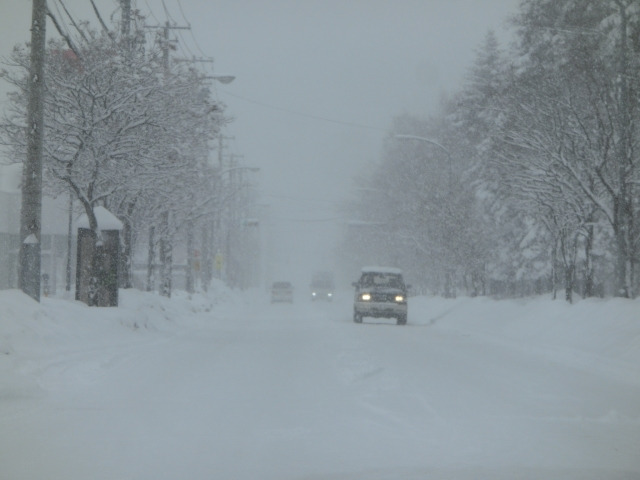
Whiteout is a situation in which heavy snowfall and strong winds cause snow to be blown up and visibility to become completely white. In this situation, you can hardly see anything.
④”Ice burn”

When the heat from the car melts the snow and it freezes again, making the road surface slippery, this condition is called "ice burn”. It is more likely to occur at intersections where there are many starts and stops, and at curves and places where there is little sunlight.
Road surfaces that appear to be just wet asphalt at night, early in the morning, or in the shade during the day may actually be frozen with a thin ice film.
<Effective countermeasures>
①No sudden braking, sudden acceleration, or sudden steering

Keep in mind that you should start and stop slowly.
・Use engine braking as appropriate.
・Slow down well before the curve and then turn the steering wheel slowly.
②Keep a safe distance between vehicles
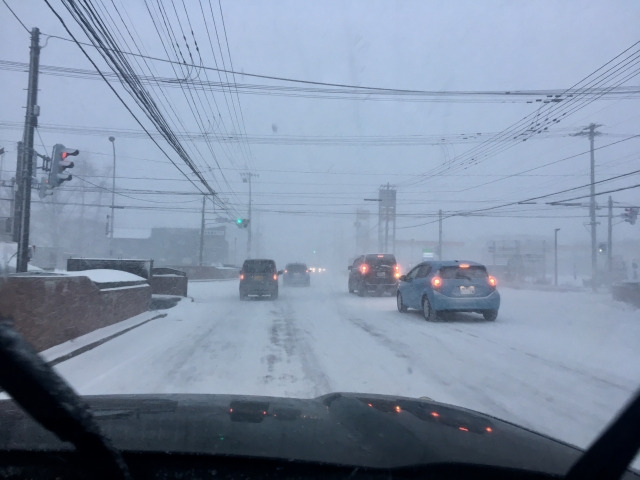
Because snowy roads are slippery, the braking distance(distance from when you step on the brake to when the car comes to a stop)tends to be longer.
③Use vehicles equipped with studless tires
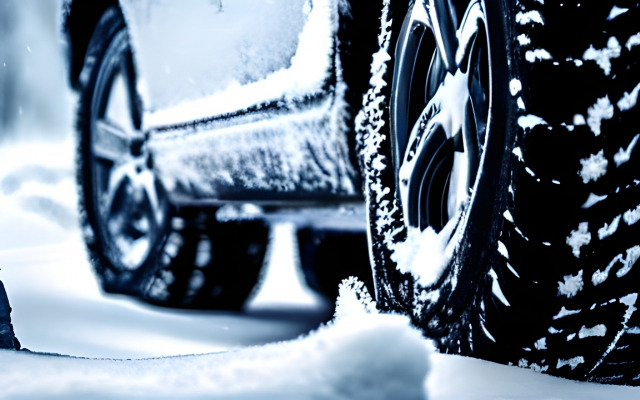
Vehicles in the ASAHI MOTORS Rent a Car fleet can be equipped with studless tires as an option.
Tire chains are available for emergency evacuation.
④Prepare a portable jump-starter as the battery can go up
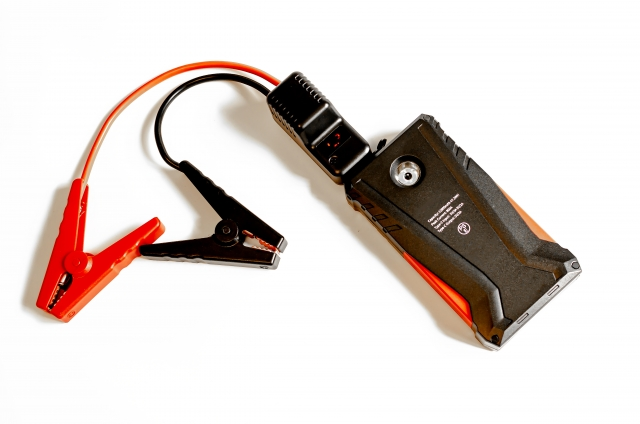
ASAHI MOTORS Rent a Car also rents out portable jump- starters, so you can drive without worrying if your battery should run out.
